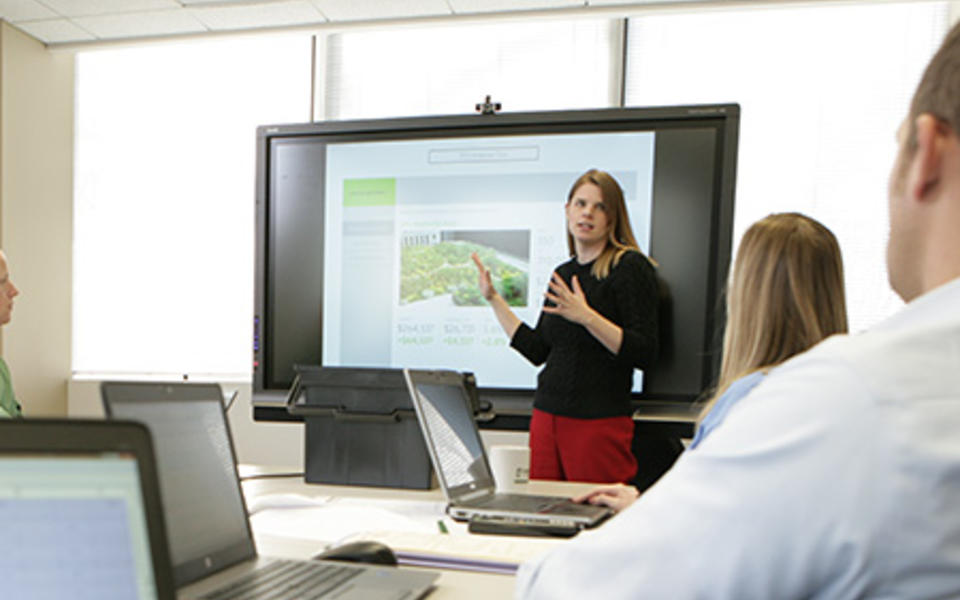High performance & sustainability
Back in 2007, I was working with a highly-regarded hospitality developer when I was with an architecture firm, and at that time LEED was just starting to come to market and gain momentum. I introduced him to the LEED system, and he responded by telling me it was just a fad. Just a couple of years later and he was getting his buildings certified.
Raising the bar and broadening the focus
Now, I hear a lot of people saying they don't really see clients asking for LEED as much as they once did. So, is LEED going away? The short answer is, "No." The market is transitioning. Before, the perception of sustainability and green building was heavily tied to LEED, and it cost a premium. Today, that perception is changing - and pretty rapidly. What was once a challenge is now mainstream. It's part of everyday business. The bar is being raised and the focus includes more than just building performance; it includes human performance. Clients are seeing that people are their best asset, and we need to provide these people with the best built environments in which to live, work and play. Because today we spend a staggering 90 percent of our time indoors.
The 1-10-100 rule values people
So let's look at the impact of people. There is something called the 1-10-100 Rule. For every $1 a company spends on energy use, they spend $10 on rent and $100 on their people. This rule is pretty straightforward, proving the case that people are the biggest bang for your buck when it comes to sustainability or high performance. And high profile clients are developing their own standards around this fact, like Google, Ikea and Boeing, to name a few. They all are creating their own sustainable standards that fit within their unique company cultures.
Buildings don’t use energy; people do.
Do we throw building performance out the door? Actually, the opposite is true. If we can focus on the people operating the building and create an environment that promotes healthy and sustainable behaviors, building performance will follow.
What is Pepper doing in high performance? A lot.
- As LEED's newest version hit the market, Pepper recently completed LEEDv4 Gold certification for Grainger's data center. This is the first LEEDv4 data center in the world, not to mention the high certification level of Gold.
- We are promoting other green rating systems out there that are gaining a lot of attention, such as The Living Building Challenge and the Well Building Standard. Living Building Challenge focuses on Healthy and Net Zero Buildings, while Well Building Standard focuses mainly on the human component.
- We are currently creating an internal ROI calculator that can feed into our clients' owner project requirements/basis of design. With this tool, we can give first costs, payback and link it to a LEED checklist.
- Pepper's High Performance team is also looking at existing buildings by conducting assessments, understanding how the building is performing and providing energy/water conservation measures to increase building performance.
- Finally, we help facilitate grant and utility incentives so it is more affordable to implement sustainable strategies.
The 2015 Green Building Economic Impact Study found that green construction's growth rate is rapidly outpacing that of conventional construction. By 2018, green construction will account for 3.3 million United States jobs – more than 1/3 of the entire construction sector- and generate $190.3 billion in labor earnings. The industry's direct contribution to US Gross Domestic Product (GDP) is expected to reach $303.5 billion from 2015-2018. In 2015, green construction accounted for 40 percent of construction's overall contribution to GDP. So, is it just a fad? I would argue that nothing is going away. And it's actually gaining speed.
About the Author




